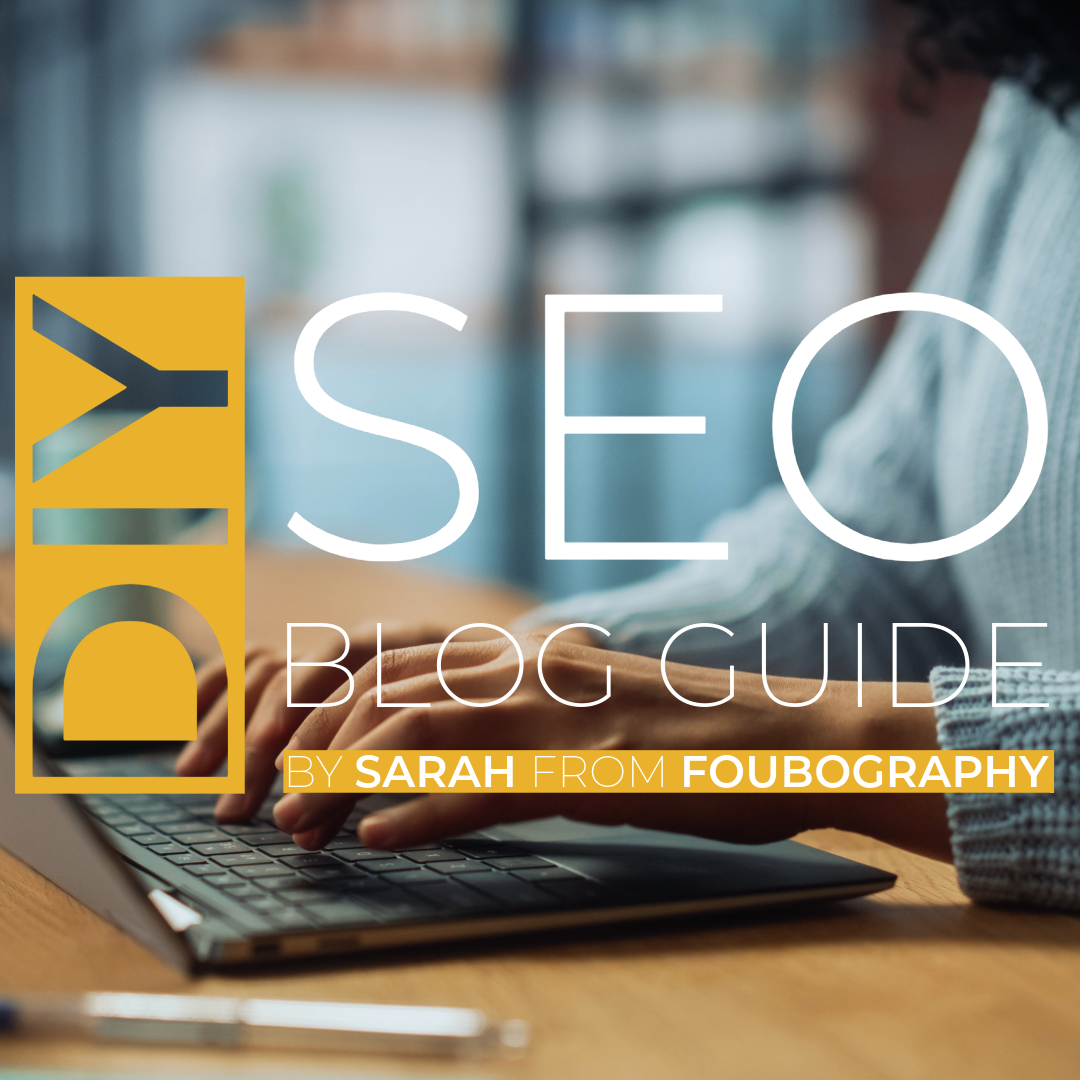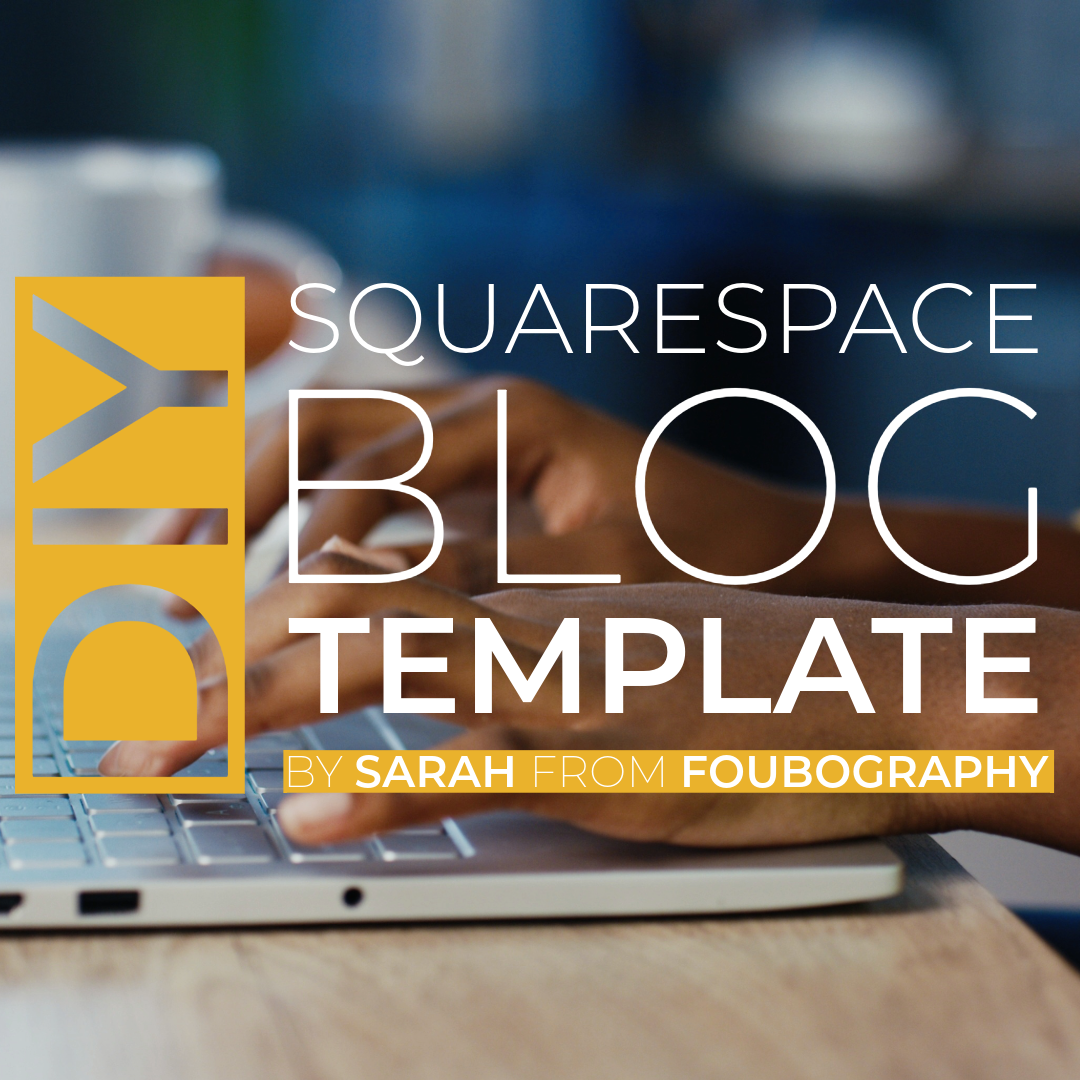Squarespace SEO for Blogs: Everything You Need to Know
Why Squarespace SEO for Blogs Is So Effective
Want to increase your website traffic? Squarespace SEO for blogs is one of the most effective ways to boost visibility and bring in the right audience. Blogging keeps your site fresh in Google’s eyes and lets you target keywords that don’t quite fit on your main pages. In this post, I’ll guide you through the essential steps to writing blog content that helps your Squarespace site perform better in search.
Do you want a printable checklist, blog templates and SEO settings cheat sheet? [Download the full guide here.]
1. What Is SEO and Why Does It Matter for Blogs?
SEO stands for Search Engine Optimisation—essentially, it’s how you help Google understand what your website is about. Blogs are a great place to target extra keywords, build authority, and show up for more search terms over time.
2. Do Your Keyword Research
Before you write a blog post, spend 5–10 minutes thinking like your ideal client. What would they type into Google if they were looking for someone like you?
For example:
“Family photographer in Manchester”
“Eco-friendly jeweller in London”
“Squarespace SEO tips for creatives”
Make a list of 5–10 search terms that feel relevant, then pick one main keyword for your blog post.
3. One Blog Post = One Keyword
Using too many keywords in one post can actually harm your SEO. Focus on just one main keyword or phrase per post. This helps Google understand the topic of your post more clearly—and avoids something called “keyword cannibalisation” (where your own posts compete with each other in search).
4. Structure Your Blog for SEO
A well-structured blog helps both your reader and Google. Here’s how to set it up:
Use clear headings
Only one H1 heading (usually your blog title)
Use H2s and H3s to break up your text
Include your keyword naturally in the headings where it makes sense
Add internal and external links
Link to other pages or blog posts on your site
Add external links to helpful resources (and set them to open in a new tab)
Use your keyword in the first 100 words of your post
5. Make Your Images SEO-Friendly
Squarespace makes it easy to add images—but they need a little love before you upload them:
Compress them to under 250KB
Add keyword-rich alt text (describes what’s in the image)
Use relevant filenames (e.g. family-photo-altrincham.jpg instead of IMG_3452.jpg)
6. Don’t Skip the SEO Settings
At the bottom of your blog post editor in Squarespace, you’ll find a tab called “SEO.” Here’s what to fill in:
Meta Description:
Short summary of your post (with your keyword)
Keep it between 150–160 characters
SEO Title:
The blog title as it should appear on Google
Keep it between 50–60 characters
URL Slug:
Keep it short and keyword-friendly (e.g. blog-seo-tips, not how-to-do-seo-for-your-blog-on-squarespace)
7. Final Checks Before You Publish
Is your post at least 300 words long?
Does it read naturally (not keyword-stuffed)?
Is your post indexed by Google? (You can check in SEO settings)
Feeling overwhelmed?
Head to the DIY | ZONE, a space I’ve created for clients like you who want to manage their own SEO, social media, email campaigns, and general digital presence—without Googling every single step or second-guessing what works.
Explore downloadable tools, video tutorials, custom code snippets, and the option to book 1-to-1 support whenever you need a helping hand.





